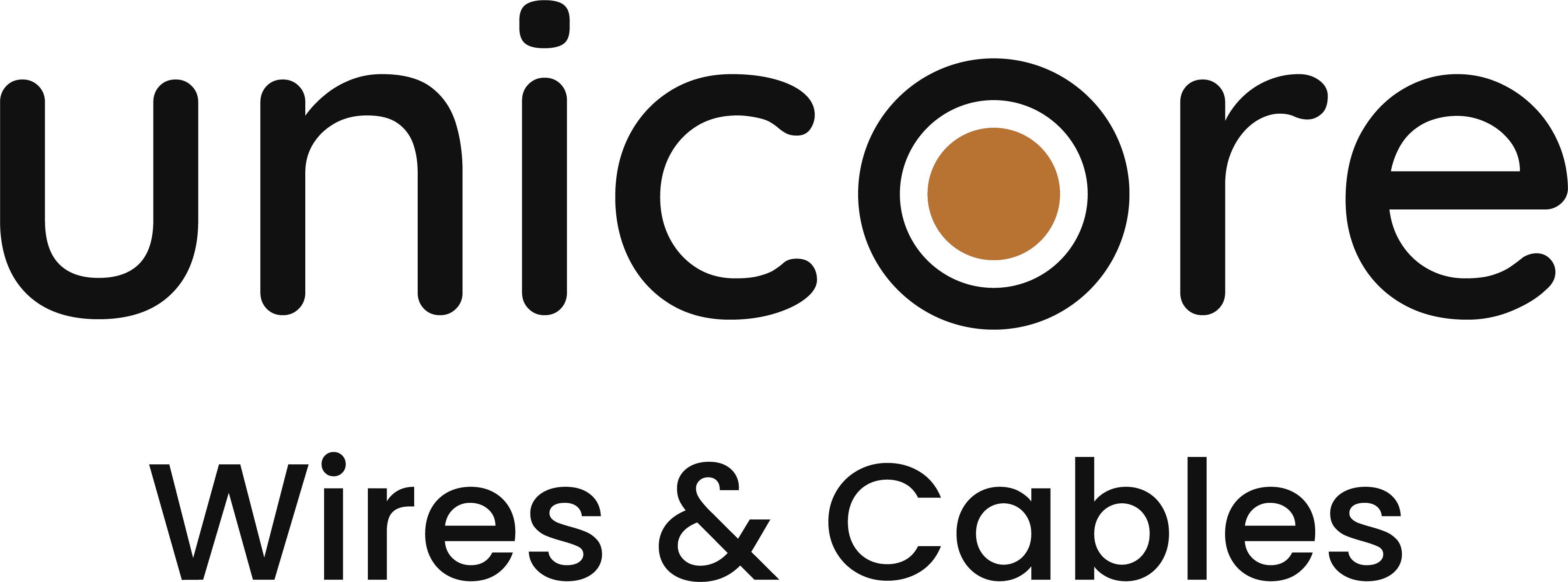Whatsapp : 0311 4499 321 ♦ Email : [email protected] ♦ Monday - Friday : 8:00 AM to 6:00 PM
Data & Network Cables
Data and network cables are the backbone of modern communication systems. They are used to transmit digital data between devices, such as computers, servers, and routers.
Basics of Data and Network Cables
Data and network cables are typically made up of copper wires that are twisted together in pairs. The wires are insulated and enclosed in a protective sheath. The number of wire pairs and their twist rate varies depending on the cable type and application.
Types of Data and Network Cables
There are several types of data and network cables, each designed for specific applications. The most commonly used types of data and network cables include:
- Twisted Pair Cables: Twisted pair cables are the most common type of data and network cables. They are used in Ethernet networks and are available in two categories: Unshielded Twisted Pair (UTP) and Shielded Twisted Pair (STP). UTP cables are commonly used in office environments, while STP cables are used in industrial environments where electromagnetic interference (EMI) is a concern.
- Coaxial Cables: Coaxial cables are commonly used in cable TV and internet networks. They consist of a central conductor, an insulating layer, a braided shield, and an outer jacket. Coaxial cables are designed to provide better protection against EMI and can transmit data over longer distances than twisted pair cables.
- Fiber Optic Cables: Fiber optic cables use light to transmit data and are commonly used in high-speed data networks. They are made up of a core, cladding, and protective coating. Fiber optic cables can transmit data over long distances without signal loss and are not affected by EMI.
- USB Cables: USB cables are used to connect devices, such as printers and scanners, to computers. They are available in different versions, such as USB 2.0 and USB 3.0, and can transmit data at different speeds.
Applications of Data and Network Cables
Data and network cables have various applications in communication systems, including:
- Ethernet Networks: Ethernet networks are the most common type of data network and use twisted pair cables to connect devices.
- Cable TV and Internet Networks: Coaxial cables are used to transmit cable TV and internet signals from the cable company to the subscriber’s home.
- Industrial Networks: STP cables are used in industrial networks to provide better protection against EMI.
- Telecommunications: Fiber optic cables are used in telecommunication systems to transmit data and voice signals over long distances.
- USB Connections: USB cables are used to connect devices, such as printers and scanners, to computers.
Data and network cables are an essential component of modern communication systems. They come in various types and are designed for specific applications. Selecting the appropriate cable is critical to ensure efficient and reliable data transmission. It is important to consult with a professional when selecting and installing data and network cables to ensure compliance with industry standards and regulations.
